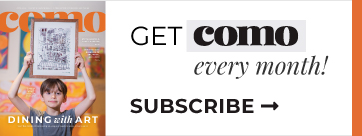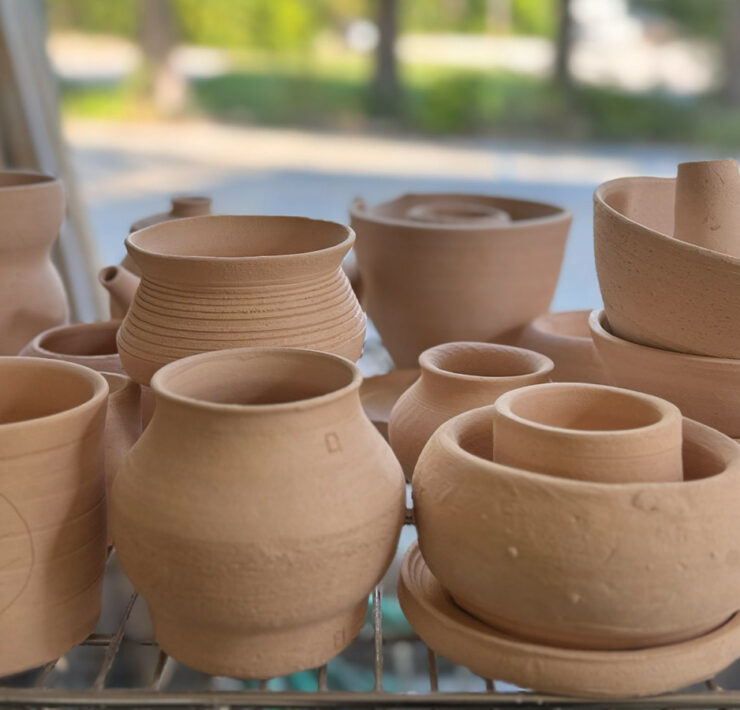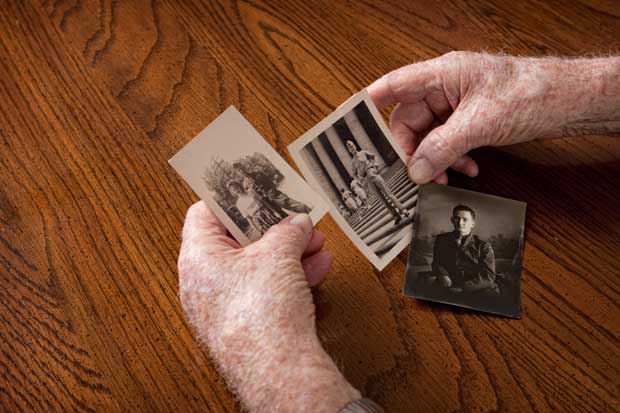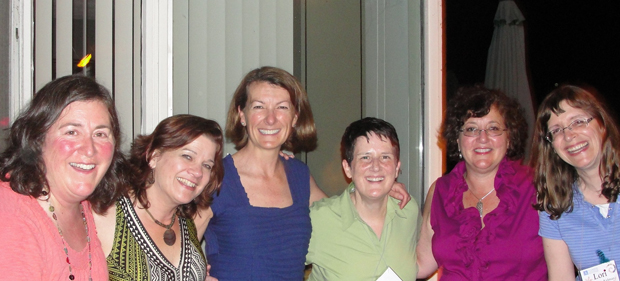Friendship in Adulthood – Follow up
- "Friendship in Adulthood – Follow up" originally appeared in the April 2025 "Art & Culture" issue of COMO Magazine.
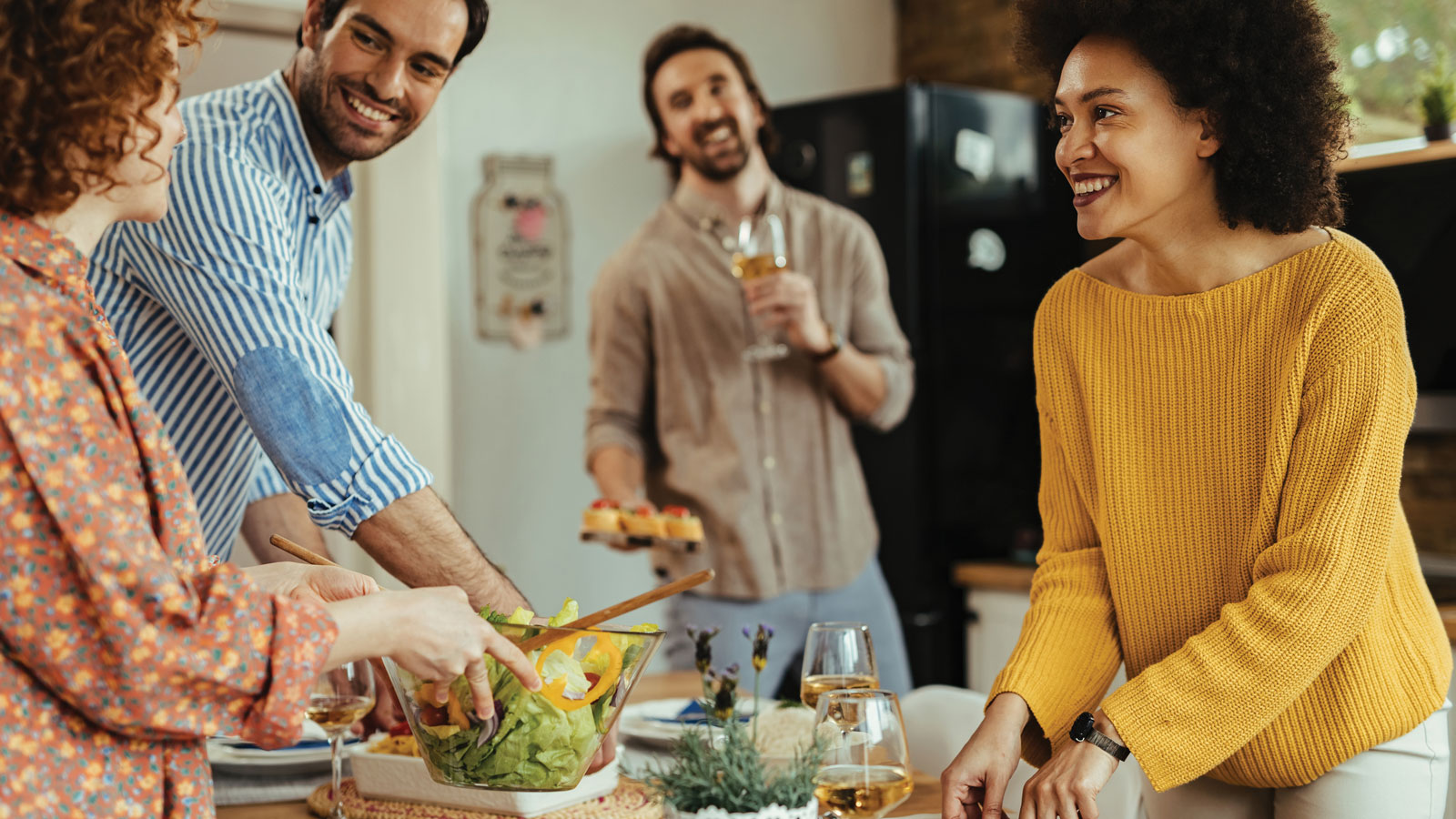
In my previous column, I explored how to build friendships in adulthood, a challenge many of us face. Readers responded with thoughtful questions and insights, highlighting the complexities of forming and deepening friendships at different life stages. Now, I want to address some of those questions and offer guidance on navigating friendships with intention and openness.
Sarah:
“I find it hard to make good couple friends. Suggestions?”
Making couple friends can be tricky because relationships have different dynamics. You might click with one person but not the other, or schedules may not align. A great way to start is by focusing on shared activities. Consider hosting a casual dinner, game night, or outdoor gathering where couples can engage in a relaxed setting.
Also, don’t put pressure on finding a “perfect” couple friendship. Sometimes, strong individual friendships naturally evolve into couple friendships over time. Instead of seeking couples, focus on people whose company you genuinely enjoy. The right connections will grow from there.
Jessica:
“How do you build closer friendships? I have people I meet for lunch, coffee, and drinks, but how do I get to the level where someone just comes over to hang out and do nothing?”
We all aspire for the “let’s do nothing” friendships. The shift from social acquaintances to deep friendships happens when we move beyond structured meetups and into the realm of casual, unfiltered time together. One way to bridge that gap is by initiating low-effort, spontaneous plans.
Try this: The next time you’re planning to watch a movie or cook dinner, casually invite a friend to join. Use phrases like, “Hey, I’m making pasta tonight — want to come hang out?” or “I’m going for a walk this evening, want to join?” Over time, these small, easy invites build a sense of comfort and closeness. Most of us are on a budget, so people appreciate a low-risk, no-money commitment by having tea and talking on the couch.
Carolyn:
“My mom used to say you have to be a good friend to have good friends. The best thing I’ve done for my friendships was start a walking group during COVID.”
Carolyn’s experience is an excellent example of how taking the initiative in friendships can lead to lasting connections. Her walking group didn’t just provide exercise — it created a social space where others could spend quality time together on a regular basis. Relationships, at their essence, are a continued dialogue.
If you’re struggling to make friends, consider leading with an invitational mindset: Organize a small event, invite people into your hobbies, or even start a group around a shared interest. Sometimes, the best way to find connection is to create the opportunity for it. For example, I host small dinner parties at my house with different individuals. I love food, and it’s so interesting to see what people make and what conversations unfold with different personalities.
The Bittersweet Side of Friendship
Friendships, like all relationships, change over time.
It’s natural to feel sadness when friendships shift, but that doesn’t mean they weren’t meaningful. Some friendships will stay strong across distance, while others will fade. Both are okay. Rather than holding back out of fear that people won’t always stay, lean into the joy of connection and stories. The friendships you build today will shape who you are, no matter how long they last.
If you take one thing away from this, let it be this: Friendship isn’t about waiting for the right people to come along — it’s about being open, showing up, and creating the connections you want. Whether it’s deepening existing friendships, expanding your social village, or embracing the reality of changing relationships, each step you take brings you closer to the community and support we all need.


